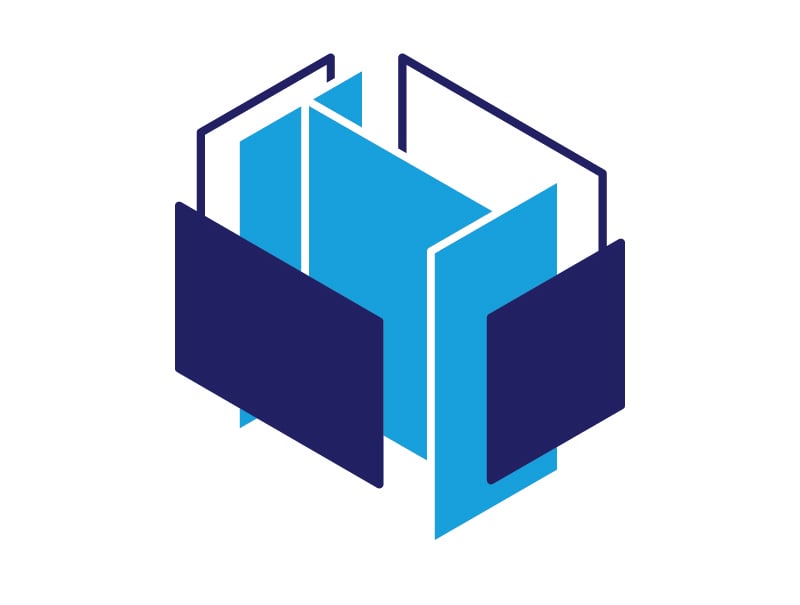Promat Technical Support
Contact our technical support team with your questions on passive fire protection solutions, our products and systems or installation advice...
The main structure of a tunnel needs a reliable passive fire protection to maintain its load bearing capability in case of fire. Promat offers you excellent solutions to cover and protect your load bearing structure (steel, concrete, composite), taking into account local regulations and aesthetic criteria.
